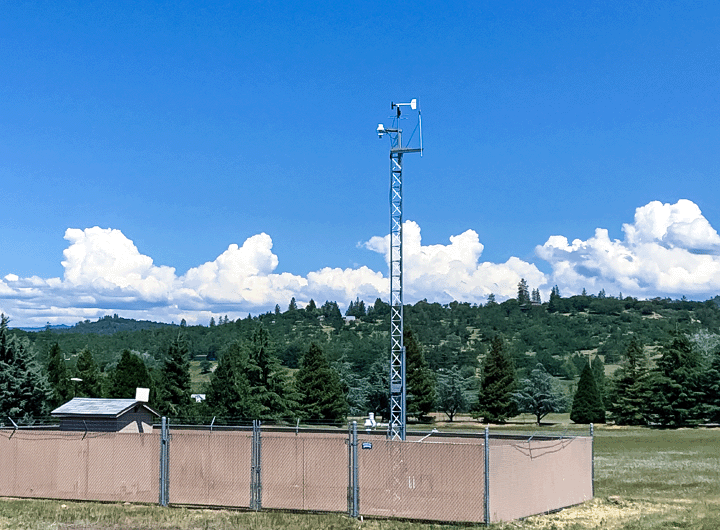Press Release
NOAA Biological Opinion Supports Sediment Cleanup Designed by MFA Scientists and Engineers
Portland, OR—As noted in the Oregon Business Journal, the regional administrator of the National Oceanic and Atmospheric Administration, National Marine Fisheries Service (NOAA-Fisheries) has cleared the way for a significant cleanup and remediation project being undertaken by the Zidell Companies along the Willamette River. The sediment cleanup is one of the first in the lower Willamette River, and sets a regional precedent for managing contaminated sediments.
As Zidell’s environmental consultant and lead engineer, Maul Foster & Alongi, Inc. (MFA) played an integral role in the design and permitting of the cleanup. Erik Bakkom, PE, of MFA is the lead engineer on the cleanup design. The remedy includes bank regrading, bank and sediment capping, and bank landscaping with native vegetation. The design incorporates input from NOAA-Fisheries, the Oregon Department of Environmental Quality (DEQ), and other stakeholders. Working with Paul Fishman of Northwest Ecosystem Services, MFA crafted a design that simultaneously meets Zidell’s business needs for ongoing barge construction operations, improves river habitat, and protects human health and the environment. Approvals by the City of Portland and the DEQ are still pending. Work is scheduled to begin in spring 2011.
The bank cap design transforms a half-mile stretch of riverbank that is currently overrun by Himalayan blackberry, butterfly bush, and other invasive species into a bank restored with a collection of native plant communities to increase the visual interest along the bank and to provide a diverse native habitat. In order to reduce the use of hard rock armor in the river, Mr. Bakkom and MFA’s landscape architect, Joyce Jackson, developed a vegetative system to provide erosion control and slope protection along a portion of the riverbank. The vegetated slope protection uses biodegradable erosion-control matting and coir logs to protect the soil and the newly installed wetland shrubs and grasses. As the plants mature into a native riparian plant community, they will provide long-term bank stability and erosion resistance. The final bank design incorporates the planting of over 150 native trees, 12,000 shrubs, 15,000 live stakes, 11,000 linear feet of live fascine bundles, and native grass and perennial seed mixtures to mimic a natural riverbank environment.
The sediment capping project is being coordinated with the construction of TriMet’s Willamette River Transit Bridge, which also starts in 2011. As part of this collaboration, MFA has designed a containment cell to permanently entomb soil with low levels of contamination in the core of the bridge landing on Zidell’s property. By constructing the containment cell inside TriMet’s bridge landing, the two projects will avoid importing or exporting approximately 17,000 cubic yards of soil. This mutually beneficial use of soil will relieve the already congested South Waterfront neighborhood of an estimated 1,700 trucks that would have been required for hauling this material to a landfill, thereby reducing the carbon footprint for both projects.



